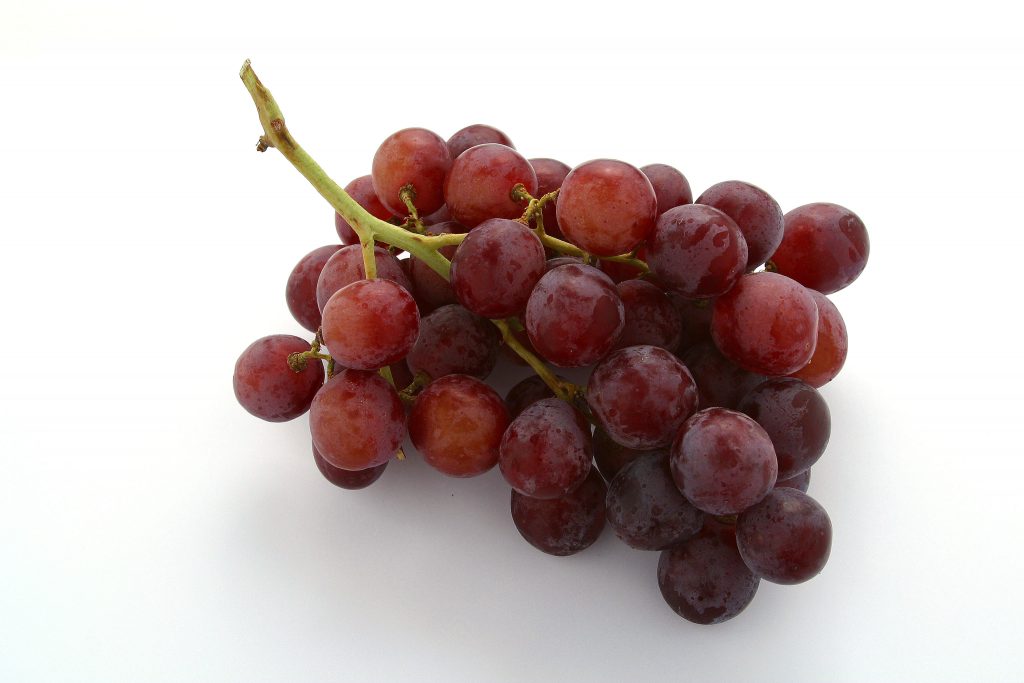Peru’s booming grape exports
Peru’s grape exports have skyrocketed in the past decade, going from practically non-existent in the year 2000 to about 280,000 tons last year, reports the USDA Global Agricultural Information Network (GAIN).
In a new report, GAIN says that grapes are now one of Peru’s main agricultural exports, totalling $646 million the 2014, up 43% on the previous year. They were also up 50% in volume to 267,270 tons.
It said this significant change has been driven by attractive prices and numerous overseas market opportunities, and a major boost in production as a result of new areas planted in Peru.
Peru’s main grape markets in 2014 were:
- US 44,123 tons
- Netherlands 41,908 tons
- China 35,391 tons
- Other important destinations: Hong Kong, Russia, the U.K.
Grape production in Peru
Grape production in Peru was estimated to reach 520,000 tons last year.
The central valleys along the coast (e.g., Ica, Lima) are where Peru’s grape growing is concentrated. However, new areas in the Piura and Lambayeque regions on the northern coast are rapidly developing. While the average grape yield in Peru was 20 tons/ha in 2014, yields in Piura were up to 34 tons/ha.
The country mostly grows Red Globe but other varieties include Crimson seedless, Flame seedless, Sugraone and Thompson seedless.
Climate challenges
Pests are one of the challenges Peru faces as it seeks to significantly increase its grape production. “Countries with colder climates do not struggle with pests such as nematodes, but due to Peru’s mild weather, this pest has become a problem,” the report says. However, in the northern region of Piura, warm temperatures permit up to two harvests per year, which helps offset the negative effects of pests. Also, Peruvian producers are working to develop more resistant varieties.
Another challenge for the industry is the potential impact of the forecasted severe El Niño. “The majority the growing areas are expected to face either flooding or droughts depending on their location. Without proper preventative measures by farmers and the government, the industry may experience losses in productivity which may take time to recuperate.”
Source: GAIN Report, Peru: Fresh Deciduous Fruit Annual (January 7, 2016)


